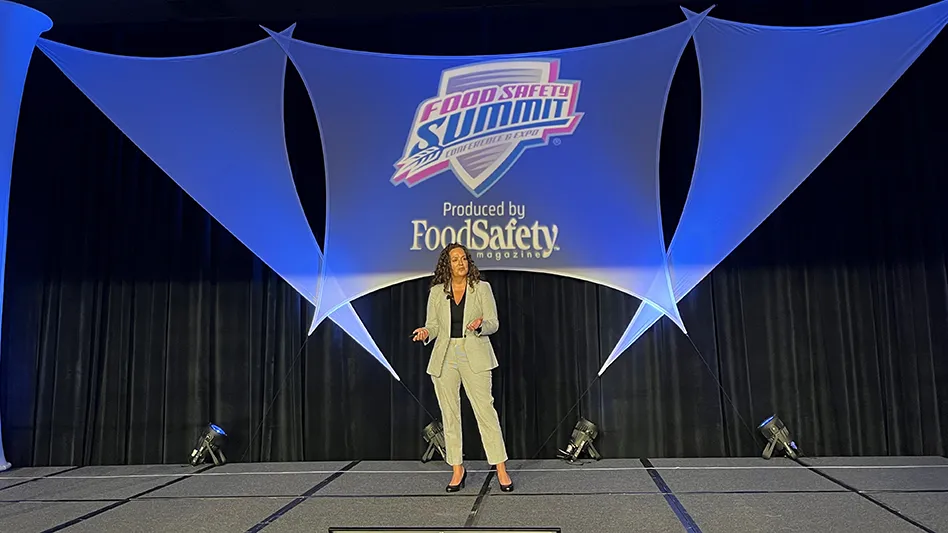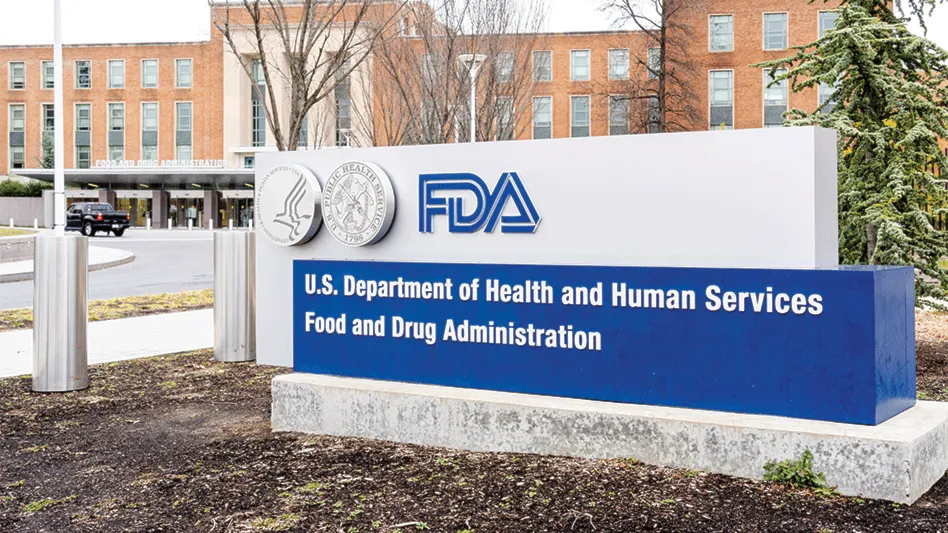
On January 26, 2018, FSMA’s Produce Safety Rule (PSR) will have been in effect for two years. Thus, on that 2018 date, the first of the general/non-sprout compliance deadlines was to have come due. But on September 13, 2017, FDA published a proposed rule to extend the compliance dates for the rule’s agricultural water provisions, for covered produce other than sprouts. The extension plan was originally announced in March 2017, when FDA stated that it would be “exploring ways to simplify the microbial quality and testing requirements for agricultural water” of the rule, without reducing any of the protections for public health. The September proposal now puts dates to that extension.
The agency is taking the step because of feedback it received that some of the standards may be too complex to understand and implement — particularly those with numerical criteria for pre-harvest microbial water quality. If the standards can’t be understood, they won’t be applied, and industry compliance not achieved. Thus, FDA is working with stakeholders to determine ways the standards could be simplified.
Even with the extension, however, FDA has turned an eye toward the rule, providing guidance and awarding funding to states for the regulation of the rule — which is the first time that science-based minimum food-safety standards have been regulated for the growing, harvesting, packing, and holding of fruits and vegetables.
STATE PARTNERSHIPS.In addition to farms facing the challenge of being held to science-based minimum food-safety standards, so, too, is FDA faced with the challenge of regulating and inspecting farms (of which there are an estimated 2.06 million in the U.S.) when it is short of resources to regulate and inspect the approximately 90,000 registered U.S. food facilities — and more than 200,000 foreign facilities — already under its jurisdiction.

It is for that reason that FDA developed a cooperative agreement with the states for which it recently awarded $30.9 million in funding for 43 states to help implement the produce safety rule. This was in addition to $21.8 million awarded in September 2016 for 42 states.
Available to all 50 states, the funding supports a cooperative agreement by which the states develop a multi-year produce safety system, including education, outreach and technical assistance, and develop programs to address the specific needs of the growers in their farming communities. The programs are to prioritize farming operations covered by the produce safety rule.
In addition to providing more manpower, the state agencies can be of value because they generally have a better understanding and knowledge of the growing and harvesting practices in their areas as well as long-standing relationships with growers and associations. The expectation is that routine domestic on-farm inspections would be conducted by the state regulators, as funding permits, with FDA conducting inspections in states that are not participating in the program. The collaboration also includes work with the National Association of State Departments of Agriculture (NASDA) to develop a standardized inspection approach for both state and FDA inspectors.
PSR GUIDANCE. FDA also recently released a Small Entity Compliance Guide for the rule (http://bit.ly/2eKoafT). One of the primary purposes of which is helping farmers determine whether they are eligible for a qualified exemption, which would modify the requirements to which they are subject. It also can help small farmers understand the modified requirements and what they need to do for compliance.
According to the guidance, a farm is eligible for a qualified exemption or modified requirements if it can be defined as a very small farm, essentially if the dollar value of its food sold to qualified end-users is greater than that for all other buyers during the specified period and its average annual sales is less $500,000.
Modified requirements include:
- An eligible farm must maintain written records of its annual review and verification of its eligibility for the qualified exemption.
- Sales receipts kept in the normal course of business need only be dated, they don’t need to be signed or initialed by the salesperson.
- When a label is required for a covered produce, it must prominently include the name and business address of the farm where the produce was grown.
- When a label is not required, the name and business address must be prominently displayed at the point of purchase for a physical site and through electronic notice for Internet sales.
While noting that the rule establishes requirements to ensure that agricultural water is safe and of adequate sanitary quality, FDA also referenced the announcement of its intention to explore ways to simplify the agricultural water standards (as discussed in the previous section of this column). Thus, the specifics of those provisions, and any modifications FDA may allow in its quality exemptions, are not yet known.

Explore the October 2017 Issue
Check out more from this issue and find you next story to read.
Latest from Quality Assurance & Food Safety
- FDA Issues Update on Post-Market Assessment of Tara Flour
- ASI Announces Training Partnership with Rootwurks
- Nfinite Nanotech Closes $6.5 Million Seed Financing to Create Flexible Food Packaging with Nanotechnology
- University of Pretoria Food Science Student Wins IFT and PepsiCo’s Academic and Travel Undergraduate Hybrid Scholarship
- Kraft Natural Cheese and Shawn Johnson East Celebrate Launch of Kraft Signature Shreds
- Natural Sourcing International Announces Voluntary Recall of Black Chia Seeds
- PTNPA's DC Fly-In Connects Members with Policymakers
- Breck Partners Acquires NPX One





